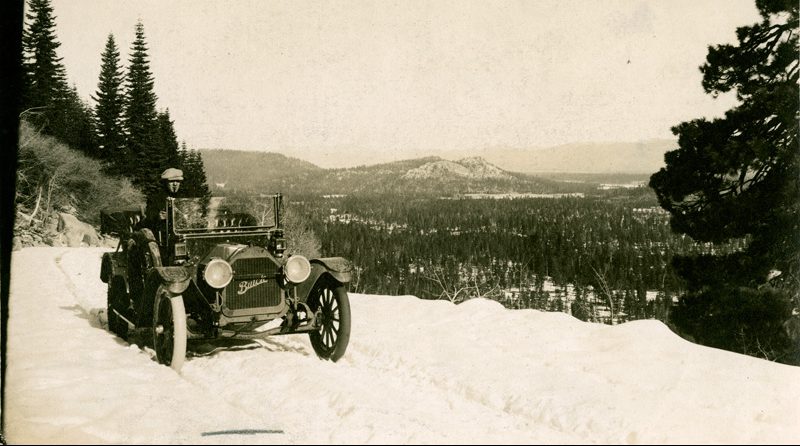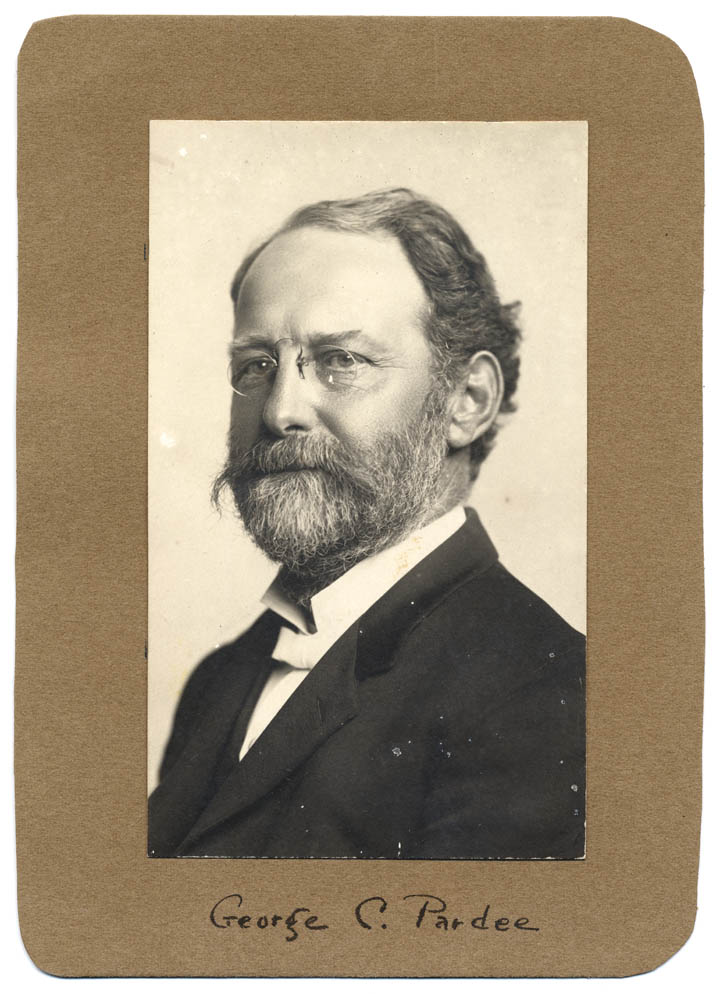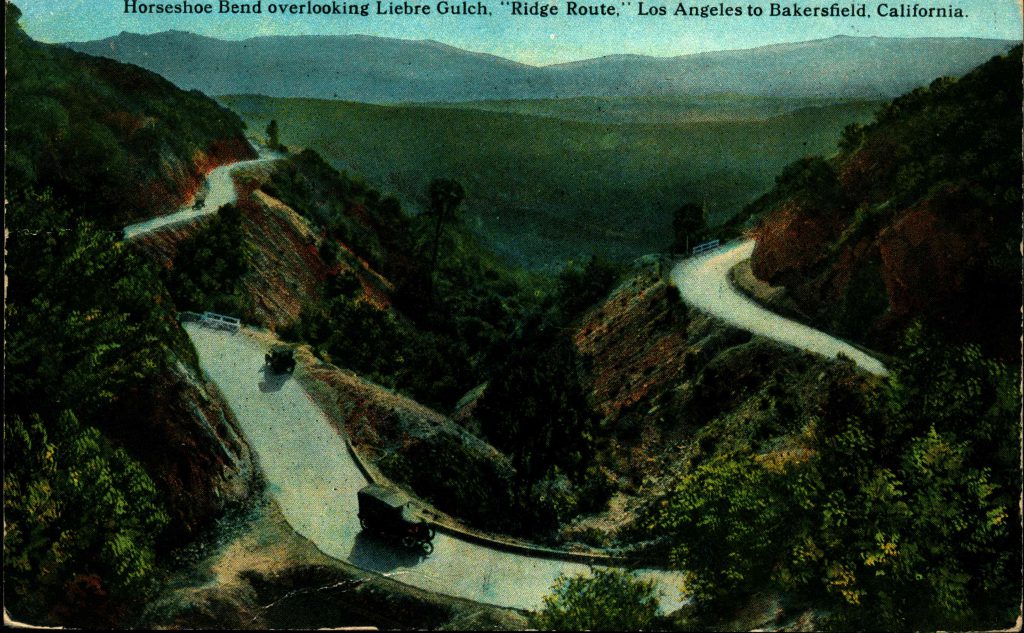To better coordinate state public works efforts, Gov. James Gillett signs legislation on March 11, 1907 creating the Department of Engineering, whose Division of Highways is the forerunner of Caltrans. The move comes 12 years after creation of the three-person Bureau of Highways whose charge is to evaluate the state’s system of roads. A Tahoe Wagon Road Commissioner is also named to study options for improving the route to Lake Tahoe.
What is today’s Highway 50 from Placerville to the Nevada border becomes California’s first state highway. In 1897, the bureau becomes a department and a second state highway is created – from Sacramento to Folsom.
As the state’s population increases and more highways are designated, calls increase for more consolidation of state construction work, including dams, public buildings and highways. In his second biennial message to lawmakers on January 7, 1907, Gov. George Pardee says:
“California is a growing state and it is inevitable that a great deal of public building must be done, roads constructed, dams built and reservoirs excavated….It would be wise to centralize and systematize the constructive work of the state under a single head in a single office with the purpose of procuring uniformity of effort coupled with economy of expenditure.”
Even after Pardee’s successor Gillett signs the bill creating the new agency, centralization doesn’t happen right away. The Republican governor names former state Highway Commissioner Nathaniel Ellery as State Engineer. In his first report to the governor, covering May 11, 1907 to November 30, 1908, Ellery describes the cost savings achieved through consolidation but also catalogs some of the department’s initial challenges:
“Owing to repairs on the Capitol, the (department’s) office was separated on account of the lack of room into three divisions; one, the head office was in the Odd Fellows’ Temple, Sacramento; another, an engineering branch, was located in the Elks’ Building, Sacramento, and the third, or architectural branch, was located at 522 ‘K” Street, Sacramento. This condition obtained from May 11, 1907 to December 1st of the same year, when we moved two of the offices and a part of the third one into the State Capitol. Some time later, about three months, the whole force was brought together. Five rooms on the third floor of the Capitol are wholly inadequate for the work of the department, so the office has occupied three or four rooms on the fourth floor of the building but was compelled to vacate these, except one used as a blue-print room, for use by the incoming Legislature. The crowded condition of the office makes efficient operation decidedly difficult.”
The situation is remedied sufficiently that Gillett tells lawmakers in his first biennial message on January 5, 1909 that:
“All our state roads are being constructed in mountainous regions, where, from necessity, the season for work is short. Progress, however, has been as rapid as could be expected. Upon the Kings River Road an experiment in construction has been made by the purchase of a steam shovel. This seems destined to work a revolution in roadwork. Although only in use one month, the savings in labor has been approximately 40 percent under hand labor. With the steam shovel the road is materially straightened. Points in the road are cut through, instead of going around and fills are made with the material excavated. The labor cost per mile with the shovel was $1,330 as compared with $2,330 by hand.”
Lawmakers and Gillett, credited as father of the state’s highway system, follow up with passage of the State Highways Act on March 22, 1909. The legislation allows the Department of Engineering to issue $18 million in bonds to create a highway system connecting the state’s county seats.
Voters approve the bond in November 1910. A three member Highway Commission is created to supervise the system’s construction and maintenance. Gillett says in a 1916 interview with the California Highway Bulletin:
“I suggested that the first state good roads bond issue should be for only $18 million not because I supposed for a moment that that amount would build all the roads or even all the state highways needed. I believed that if the sum of $18 million was judiciously used that the result would be to convince the people of the wisdom of good roads and that whatever money was needed in the future the people would gladly give. I said that I thought it would take over $50 million to build the main trunk lines that the state requires.”
TOP PHOTO: Placerville Road. (State Library image 2018-0587)


